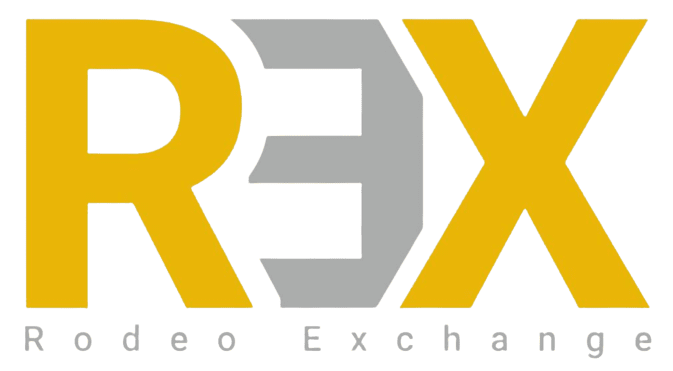An alternative method for buyers to secure funds for purchasing a property. In a 1031 exchange, it is possible to combine this financing approach with the benefits of tax deferral. This article explores the intricacies of how a 1031 exchange works in conjunction with providing valuable insights into this investment strategy.
Understanding the Basics: 1031 Exchange
A 1031 exchange, also known as a like-kind exchange, is a tax-deferred transaction that enables real estate investors to sell a property and reinvest the proceeds into another property of equal or greater value. By doing so, they can defer paying capital gains taxes that would typically be due upon the sale.
Seller Financing: An Alternative Method
Owner financing, occurs when the property seller acts as the lender and provides directly to the buyer. This arrangement allows buyers to purchase the property without obtaining a traditional bank loan. Instead, they make regular payments to the seller, typically including principal and interest, over an agreed-upon period.
Combining 1031 Exchange
To combine seller financing with a 1031 exchange, investors can follow these key steps:
Identify a Qualified Intermediary (QI):
Before selling the relinquished property, an investor must engage the services of a qualified intermediary. The QI assists in facilitating the exchange process and ensures compliance with IRS regulations.
Sell the Relinquished Property:
The investor sells the relinquished property and transfers the proceeds to the QI. It is crucial to meet the 1031 exchange requirements, including identifying replacement properties within 45 days.
Identify Replacement Property and Negotiate
During the identification period, the investor searches for suitable replacement properties and explores options for seller financing. Negotiating the terms, such as down payment, interest rate, repayment period, and other relevant terms, occurs between the buyer and the seller.
Purchase the Replacement Property:
Once the replacement property is identified and the terms are agreed upon, the QI transfers the funds to acquire the replacement property. The promissory note or mortgage agreement is executed, formalizing the seller financing arrangement.
Benefits and Considerations
Combining a 1031 exchange with offers several benefits:
- Enhanced Flexibility: Buyers have more options for financing, expanding the potential pool of available properties.
- Customized Terms: Seller financing allows for more flexible terms compared to traditional lending institutions, enabling negotiations that suit both parties.
- Potential Tax Deferral: Utilizing a 1031 exchange defers capital gains taxes, freeing up more funds for the acquisition of the replacement property.
- Income Generation: Sellers can earn ongoing interest income from the financing arrangement.
However, it’s important to consider potential challenges and risks, including:
- Seller Cooperation: Not all sellers are willing or able to offer financing, limiting the pool of properties available for consideration.
- Risk Assessment: Buyers must conduct thorough due diligence on the seller’s financial stability and the terms of the financing arrangement.
- Legal Considerations: Engaging legal professionals to review the financing agreement helps ensure compliance and protect both parties’ interests.
In conclusion, combining a 1031 exchange with seller financing offers an alternative avenue for real estate investors to achieve their investment objectives. By leveraging the tax benefits of a 1031 exchange and the flexibility of seller financing, investors can expand their options, maximize returns, and potentially enjoy ongoing income from the financing arrangement. It is important to consult with professionals experienced in both 1031 exchanges and seller financing to navigate this strategy effectively and mitigate potential risks.

